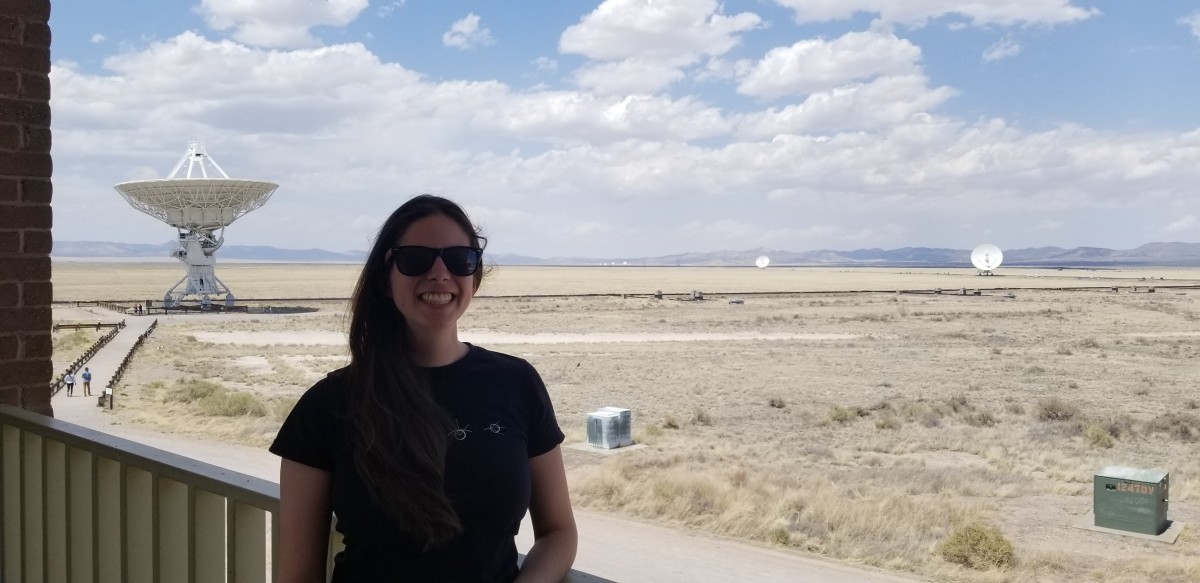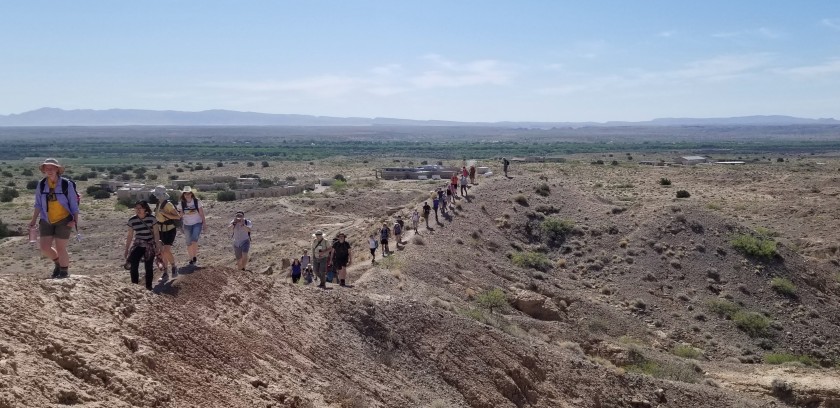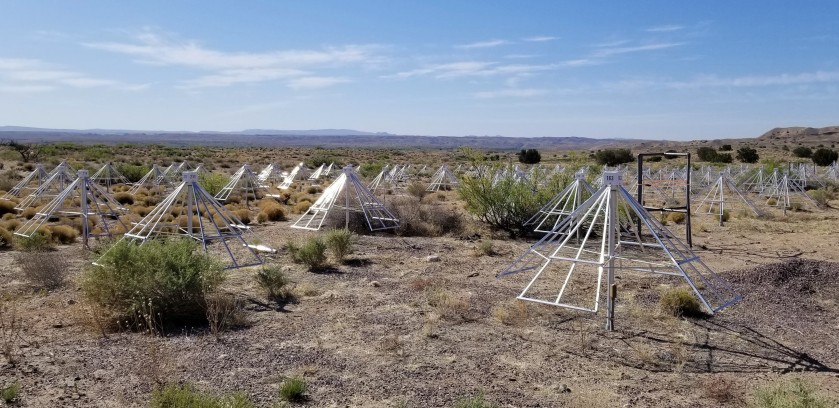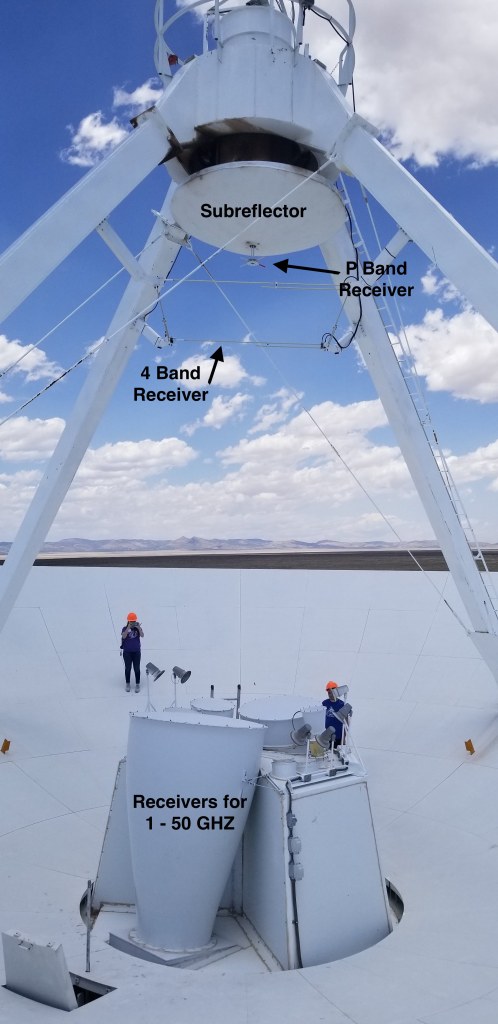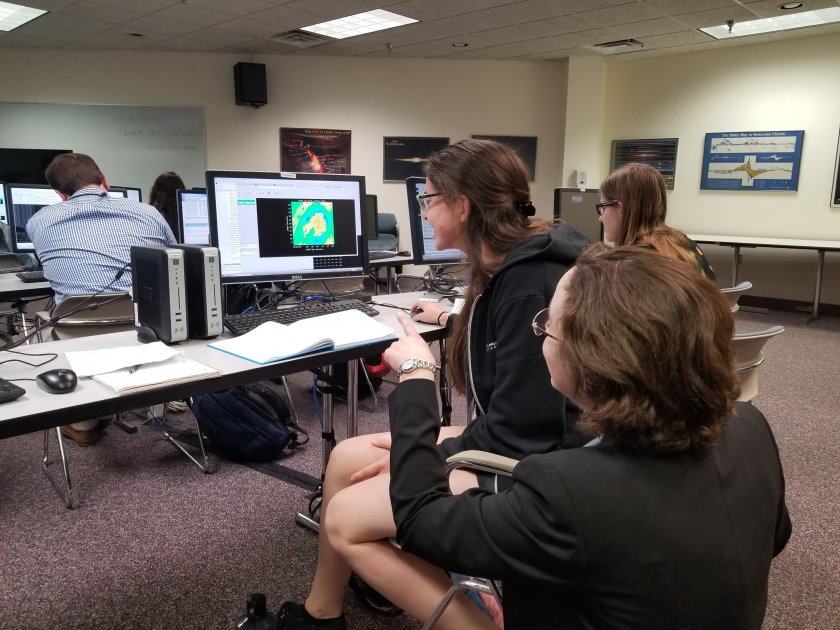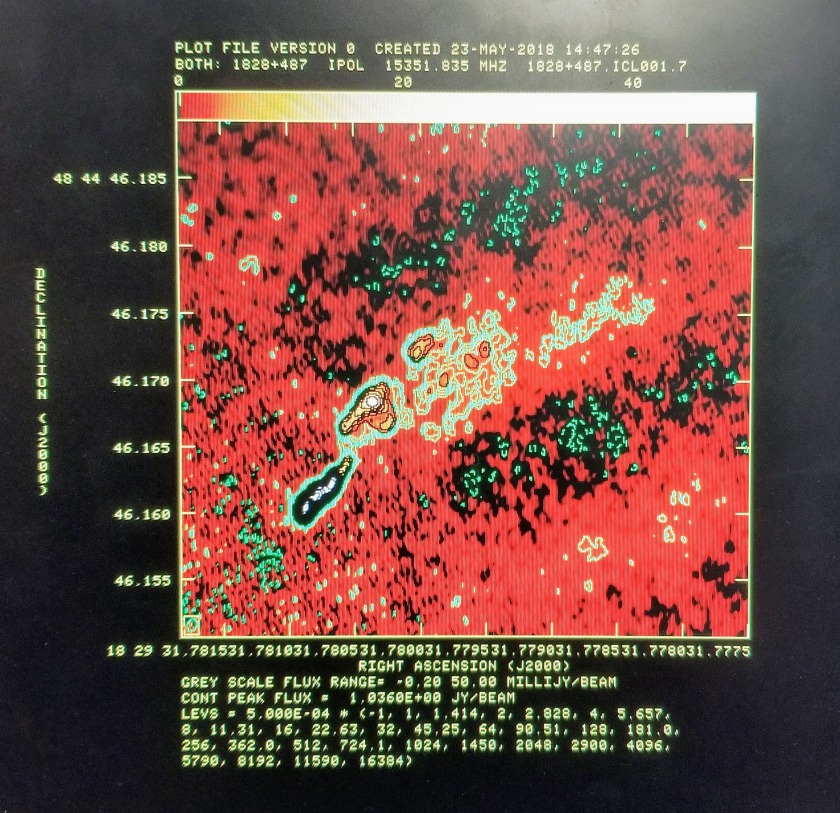Hi everyone!
We (Anita and Deborah) attended the annual meeting of Canadian astronomers last month — the Canadian Astronomical Society (CASCA) 2018 conference — along with a crew of other Astronomy & Astrophysics PhD graduate students from the University of Toronto and the Dunlap Institute. The meeting took place in beautiful Victoria, British Columbia, one of the hubs of Canadian astronomy! It was a special CASCA this year as it was the 100th birthday of Dominion Astrophysical Observatory (DAO) in Victoria!
On the first day, we attended the graduate student workshop, where we learned about data analysis methods and applied them on real data. In addition, we interacted with representatives from companies in industry who work with astronomers to build instrumentation for telescopes. We learned about how astronomers and industry make a vital team to forwards Canadian astronomical science while also giving back to the Canadian economy and establishing Canada’s place on the global scientific forefront.
During the following days of the conference, we attended a series of scientific presentations from astronomers across Canada, including presentations from graduate students from Dunlap and U of T. Shout out to graduate student Jielai Zhang from Dunlap/U of T for winning a “Best Presentation” prize and Victor Chan from Dunlap/U of T for winning a “Best Poster” prize! It was an amazing opportunity to learn about the astronomy and astrophysics science that is going on in Canada.
Midway through the conference, we visited the Royal British Columbia Museum with a welcome with Indigenous dances. The museum exhibits we toured were Victorian style and had models of how houses were back in the days as well as shops, roads and industry.

We attended presentations about the current status of telescopes that Canadian astronomers are strongly involved with (such as the Canada-France-Hawaii Telescope, the Gemini Telescope, and the Square Kilometer Array), discussing future strategies and the ongoing programs at the telescopes.
On the last night, we visited the DAO and celebrated its 100th birthday with a dome-like cake. We then wandered around, looked at the planetarium and looked through the smaller telescopes that are used for outreach. We observed Jupiter and its four Galilean moons then headed back a bit after it was dark.
Throughout the conference, we interacted with our Canadian fellows in astronomy – not only networking but also forming friendships and strengthening bonds with each other. It was a wonderful learning experience, and we look forwards to going back next year!
Clear skies,
Anita & Deborah







